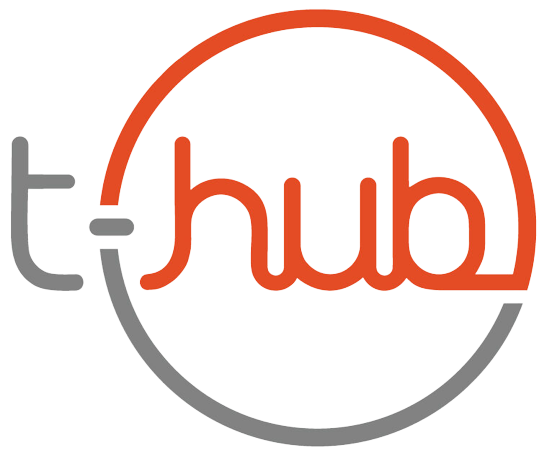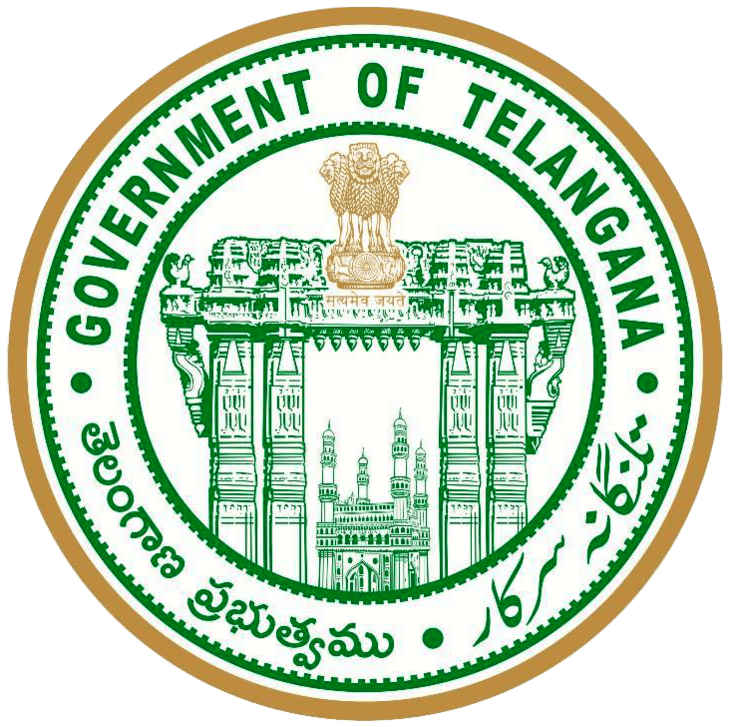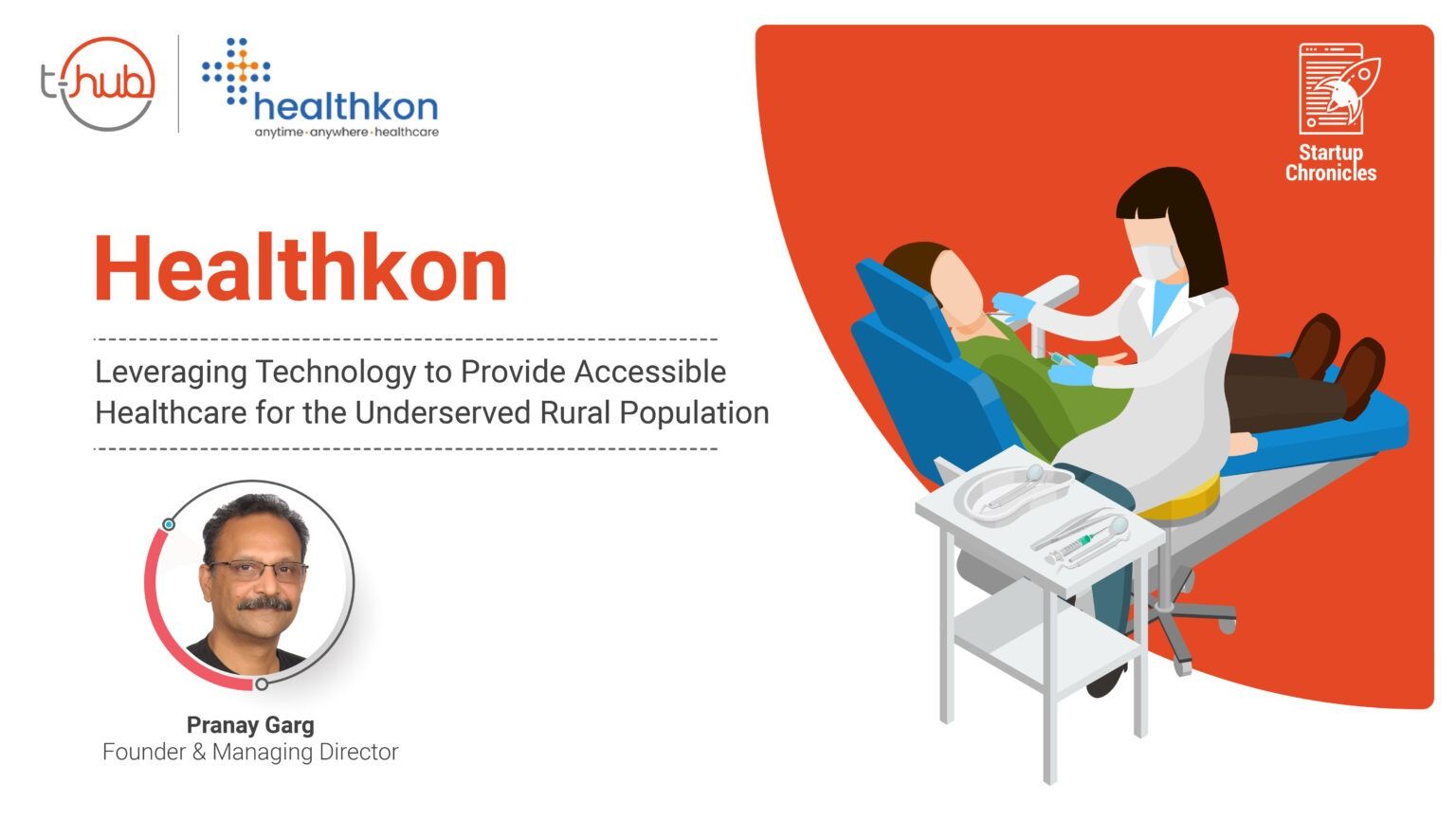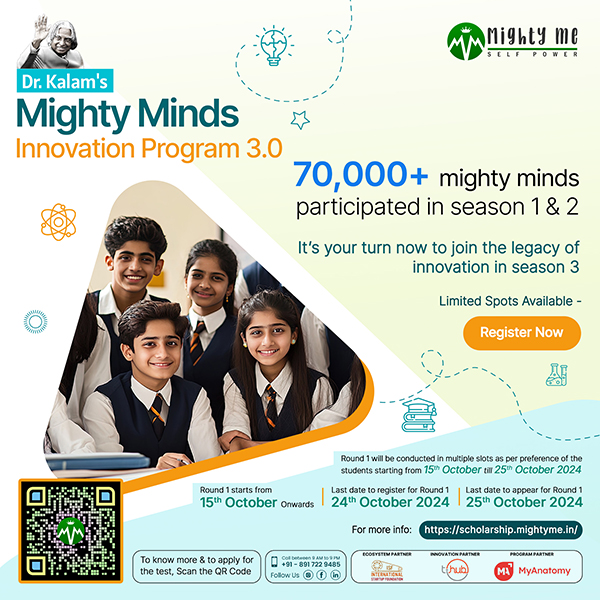After serving the Indian Air Force for two decades and working in the corporate sector for about a decade, Pranay Garg decided to become an entrepreneur who would make a difference to the global primary healthcare system. Pranay founded Healthkon in 2015 with the vision to leverage digital technology to deliver quality healthcare to the underserved rural poor across the developing world.
“Having travelled extensively, one thing that stood out was the woefully inadequate public health delivery mechanism in developing nations that has a limited reach to the rural communities,” says Pranay. “It touched a chord in me and an aspiration to try and contribute to tech solutions that could bridge this gap. I decided to put in my savings to get started on this journey.”
Addressing the gaps in the primary healthcare ecosystem
Ahead of founding Healthkon, Pranay researched extensively on healthcare delivery models in developing nations to understand the lacunae in the ecosystem that prevented the 1.9 billion rural underserved communities across 57 countries from accessing equitable primary healthcare. His research revealed that infrastructural challenges and a shortage in health care workers often led to the rural areas having inadequate access to doctors, clinics and hospitals. As per the 2018-2019 National Health Profile, 80 per cent of India’s doctors are employed in cities while 69 per cent of the country’s rural population is heavily dependent on the public health delivery system. Further, there is a shortage of 2,000,000 nurses and 600,000 doctors. The realisation that there were no cutting edge digital-led solutions to assist care providers and hospitals to serve the rural population in developing nations, prompted Pranay to build patient-centric solutions that provide care delivery at the ‘point of care’.
Leveraging technology for patient care
Healthkon’s Digital Health EDGE offering provides hospitals with a full-stack connected care solution, in a Hub & Spoke model that comprises three distinct segments:
- Acquire and monitor patient vitals through medical-grade portable devices developed in-house at the point of care via the Sanjivani Android app.
- Update EHR / EMR and Cloud services on the Healthkon cloud.
- Visualise trends and provide decision support to remote doctors via the Sanjivani app. Telemedicine connectivity within the app also connects the doctor to the point of care synchronously and in real-time for an ‘in-clinic’ experience.
The solution includes hardware, SaaS, EHR and analytics with a UI/UX that is intuitive and easy to operate in low bandwidth scenarios. The business model is a B2B engagement with care providers, channels and strategic partners.
The revenue model includes the sale of the device, along with additional licensed access to the Sanjivani platform for care providers. Channels are provided with preferential pricing, training and support for leading sales in specific territories.
Healthkon’s strategic partners are provided with the integration of the platform into partner hardware/software offerings for creating shared value and revenue share opportunities.
Reaching out to prospective users
Healthkon’s go-to-market strategy included identifying and reaching out to three specific types of customers, viz., hospitals, channels that helped penetrate specific regions and associated PPP for government contracts and strategic partners that seek value in integrating health/MedTech into their proprietary solutions. The startup is currently engaged with each of these types of customers and poised to scale the business.
Overcoming challenges
According to Pranay, the main challenge that the startup has had to overcome is the time taken by individual states/PPP partners to evaluate and thereafter deploy its solutions. Since healthcare falls under the purview of states, the startup has had to make an upfront investment for its products’ trials and pilots that also follow a tedious sales cycle. “The cycle from proposal to sale to payment can run into years and can be challenging, yet, rewarding when it happens. This is where Channels become relevant as the startup can focus on continuous innovation,” says Pranay.
He adds that since the startup has reached a point in its journey where it is well-positioned across customer segments and focused on achieving customer delight, it can effectively surmount the challenges and deliver value addition to its target audiences. The startup has onboarded five customers to date.
Amid the lockdown caused by the pandemic, the startup’s supply chain got disrupted. Further, the delay in clinical trials led to delays in the company’s go-to-market strategy.
Collaborating with T-Hub
NASSCOM incubated Healthkon in 2016, and after its graduation from the first batch of T-Angels, T-Hub selected it for the second cohort of its flagship Lab32 program. “Our association with T-Hub, which is the nerve centre of innovation and is recognised worldwide enables connectivity to the ecosystem and some great learnings from the mentorship engagement during the cohort,” shares Pranay. “However, unfortunately, the COVID-19 pandemic hit just as the Lab 32 program commenced.”
He elaborates that during the pandemic, the startup’s focus turned towards business continuity and active engagement with its existing customers. Efforts also went into upgrading technology and adding new product features to address the unique requirements posed by COVID 19. Pranay adds that T-Hub assisted Healthkon to gain sharper insights into risk assessment and mitigation strategies amid the pandemic.
COVID-19 triggers strategic planning
According to Pranay, the pandemic has compelled the startup to create a focused digital marketing strategy that would enable it to reach the right audience through various digital communication channels. “Marketing is the most potent tool for us to position our offering advantageously to the intended audience,” he says. “A structured digital marketing strategy will enable growth and exponential ROI.”
The founder adds that innovation will be mainstay of the startup, both during and in the aftermath of COVID-19. He believes that innovation will enable better solutions to improve healthcare delivery across the care continuum. “Adapting cutting EDGE tech in sensing, analytics and delivery will drive our strategic landscape,” he says.
In keeping with its innovation-driven agenda, Healthkon was quick to innovate during the pandemic. It built features into the existing platform for identifying patient risk and community surveillance. “The process of Test -> Treat and Track has been implemented in our solution,” explains Pranay.
In the long-term, Healthkon is committed to aligning with the new normal of contactless solutions, primarily for remote healthcare delivery and management.
Pranay succinctly sums up his varied experiences as an entrepreneur:
- Good: Innovation is the key to survival
- The Bad: Slow adaptation; Need more champions in this space
- The Ugly: Rejections (probably a positive to survive and claw back)
Healthkon at a glance
| Revenue to date | INR 1.5 Cr |
| Annual overheads | Healthkon follows an asset-lite model; thus, overheads are at a minimum. |
| Sales figures | Fiscal 2020-21 has been challenging for Healthkon to get its new offering to market. The software has been upgraded to include COVID-related features ( risk model and community surveillance). These have been field-tested in addition to continuing with the clinical trials. Initial engagement with hospitals, channels and strategic partners has commenced. Since Healthkon is an enterprise solution, the sales cycle is spread across time. The startup hopes to close FY 2020-21 registering 3X growth. |







